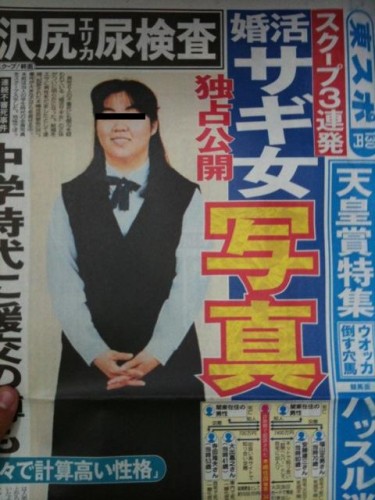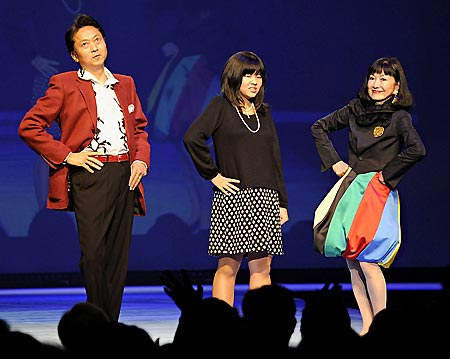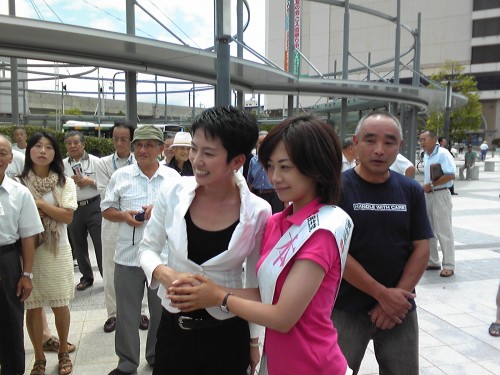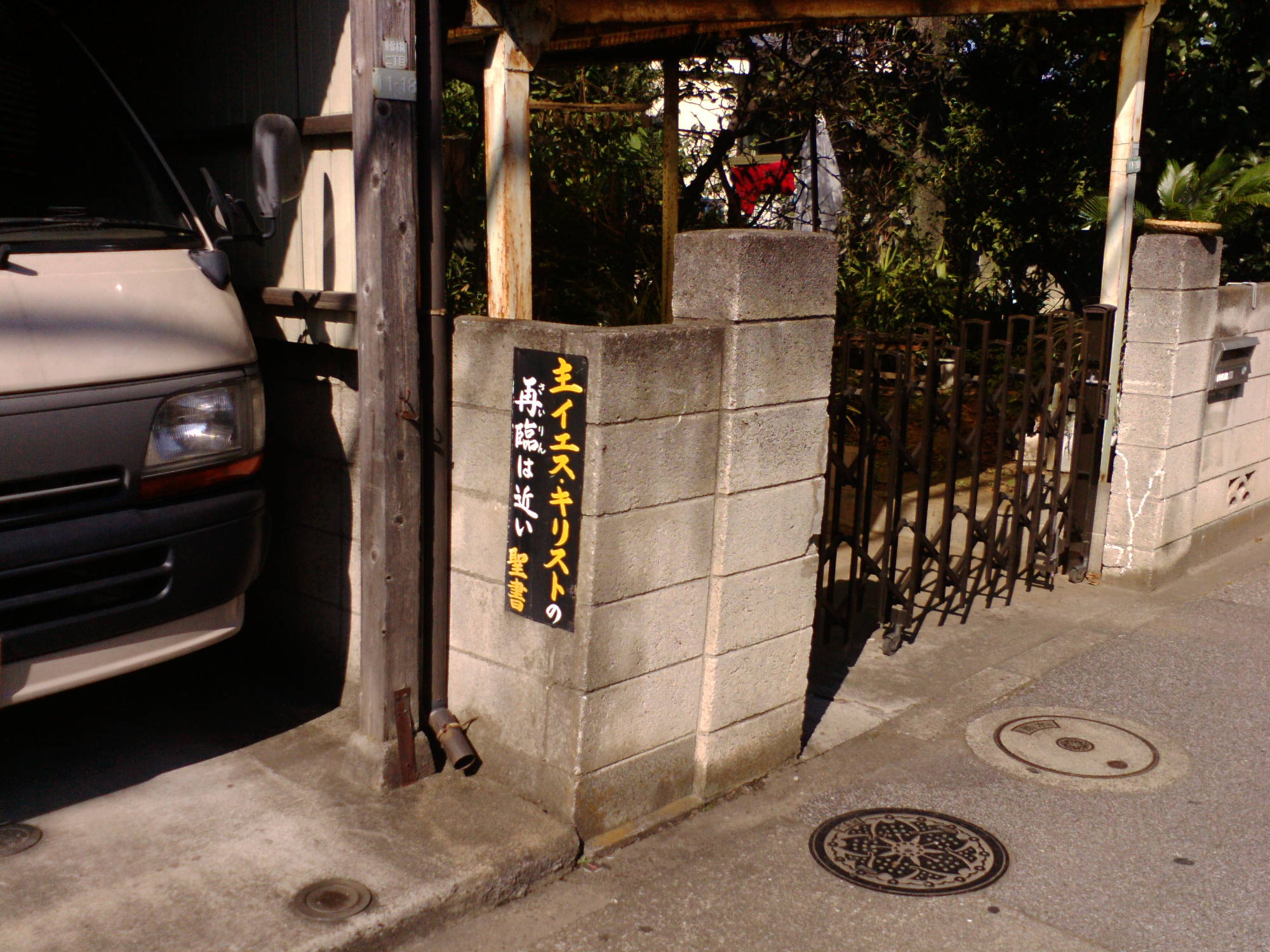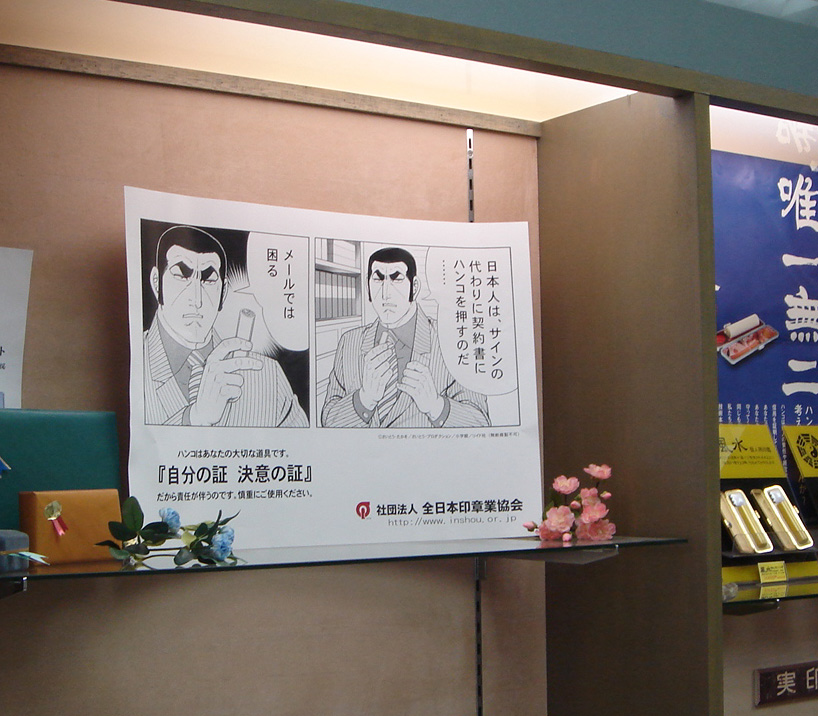Some of you may have heard the recent news of a black widow serial killer in Japan. The more I read about this story, the more fascinating and horrifying it gets:
Investigators probing the deaths of two acquaintances of a 34-year-old woman arrested on suspicion of fraud have found that at least four other men linked to the woman died under suspicious circumstances.
All of the men lived in the Kanto district, and in one case investigators initially thought the victim had committed suicide by burning briquettes to release deadly carbon monoxide. Police are continuing to investigate the details surrounding the men’s deaths. The name of the woman, a resident of Tokyo’s Toshima Ward, has been withheld.
Investigative sources identified two of the men who died suspicious deaths as a 70-year-old man from Matsudo, Chiba Prefecture, and a 53-year-old man from the Tokyo city of Ome. Unconfirmed details remained over the deaths of other men in the Kanto district.
Her name is Kanae Kijima. Investigators apparently learned of this woman’s possible involvement after reading through one of the victims’ blog posts, which is still online here. You can see from the blog this guy was very into his plastic model kits and thus might not have been all that sophisticated around women. Perhaps understandably, he was blinded by love. Here is what his last post says:
Today I will meet my fiancee’s family. Recently I have been spending most of my time looking for a new place with her and talking about our new life together. Starting tonight, we will go on a three-day, two-night pre-marriage trip.
He was found dead a mere ten hours later.
Kijima was a real piece of work. According to reports, she was a professional con-woman who met lonely men on the Internet and convinced them to ask her hand in marriage. Once “engaged,” she would start asking for money, sometimes pretending to need it for tuition. With the money from her many future husbands she lived an expensive, luxurious lifestyle, complete with the high-end condo, a wine-red Mercedes, and occasional stays at the Ritz-Carlton. She also liked gourmet food such as obscenely expensive green tea (Y2,000 for 100g), a habit that pushed her weight up to a whopping 100kg.
Born in 1974 in Hokkaido the granddaughter of a local politician, Kijima moved to Tokyo at age 18 to attend Toyo University but dropped out after a year without paying her tuition. In 2003 she was arrested for scamming someone in a Yahoo auction.
I was not able to find when her career as a black widow got started, but probably some time around 2006 when she began renting a large two-bedroom apartment in Itabashi-ku. Her scams were apparently so successful she netted a total of Y95 million before getting caught. So over three years that’s a very comfortable annual income of around 32 million yen (or around $300,000), presumably tax-free.
It’s reported she met around 20 people on the dating site. She apparently didn’t always kill her marks – she was unsuccessful in scamming some and maybe just didn’t feel the need to kill others. The six men identified so far were the unlucky ones.
In addition to her online dating activities, she worked another angle “taking care of” an 80-year-old man who she also met on the Internet, whose house burned down in May under mysterious circumstances with him in it.
Amazingly, she left behind all kinds of evidence on the Internet. First, she gave her real identifying information to the dating site allegedly used for the crimes. Second, she documented much of her activity on her personal blog hosted by recipe site Cookpad (some of it is still available via Google’s cache, and some bloggers have been able to rifle through it). In it she posts pictures and tells stories about all the nice stuff she bought from the men she killed (of course she doesn’t go into that particular detail).
Details of this story underscore just how influential and entrenched the web has become in Japanese society. Not only did the “konkatsu” killer meet all these men on Internet dating sites (including an old man), the cops’ investigation hinges greatly on this woman’s sloppiness and overconfidence in failing to cover her tracks properly.
As juicy as all these details are, it’s important to note that this woman is being given the Noriko Sakai treatment – that is, the Saitama police haven’t officially arrested her for murder, just fraud at this point. The cops will likely hold her for a few weeks as they progress with their investigation, following the standard procedure in Japan. In the meantime, it’s possible the police are trying to get over a lack of damning evidence tying her to these killings by flooding the media with all manner of intimations (and the media is no doubt demanding details on this huge story). That may be why major media outlets have declined to report her real name for fear the character assassination could expose them to future defamation lawsuits, as argued here. Still, with all the reports of new evidence popping up they will probably get their woman.

